Best mountain bike saddles 2025 - the best off-road options tested
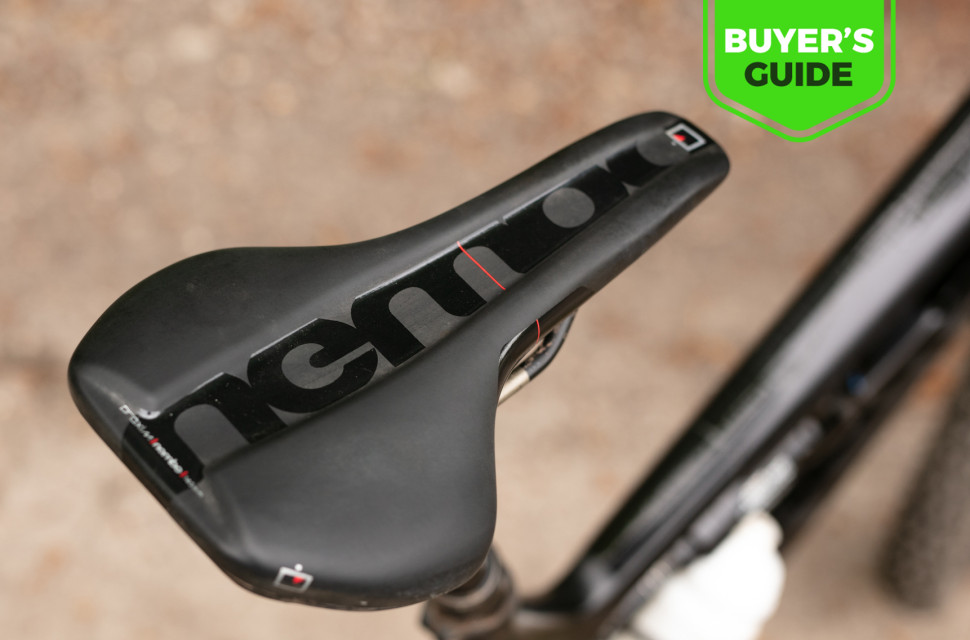
Your mountain bike saddle is the most important touch point of your bike. It's responsible for comfort in the short- and long-term and, if it's not right for you, will lead to ride-ending discomfort. There's a lot to consider when choosing your next saddle so read on to learn about the best mountain bike saddles we've ridden and how to choose the best one for you.
Saddles come in all shapes and sizes to fit all shapes and sizes of humans. You might be able to find more or less comfort from different gels and foams that sit under the surface of the saddle. The width and length of the saddle will also affect how comfy it feels to you.
Weight savings stem from the materials used in the saddle shell and the rails. Materials range from blingy titanium and carbon to weightier chromoly that will last forever and won't break the bank. These materials will also affect how the saddle feels, reacts to terrain and the overall comfort.
Scroll down to jump straight to the saddle you're keen on purchasing or keep scrolling to learn the answers to some of the most common questions surrounding the best mountain bike saddles.
Best mountain bike saddles
- Proxim Nembo
- WTB Volt Fusion Form Titanium
- WTB Silverado 265 Medium Fusion Form
- DMR Stage 2
- SQlab 611 Ergowave
- Smanie Explorer Sport
- WTB Devo w/Pickup Ti
- Bontrager Verse Elite
- SDG Bel-Air V3 Lux-Alloy
Proxim Nembo
£84
Proxim is a gravity-focused off-shoot from the well-known saddle brand, Prologo and it comes as a result of a collaboration between some of the world's top downhill riders such as the Athertons, Nico Vouilloz and Wyn Masters. Coming in two widths, 135 and 145mm, it's sculpted with a broad shape that provides loads of support.
As the cheapest saddle in the Proxim range, this one dons a carbon-injected nylon base and chromoly steel rails, making the Nembo tip the scales at 262g. We really got on with its shape and there's loads of fore and aft adjustment in its rails. However, we also found that the base is rather stiff and could get uncomfortable deep into long rides.
For more on Proxim's gravity saddle, check out the Proxim Nembo saddle review.
WTB Volt Fusion Form Titanium
£125
The Volt is yet another saddle to benefit from WTB's new Fusion Form technology and already, it's one of the brand's most popular saddles. Fusion Form graces the saddle with a vacuum-formed cover that's sealed directly onto the nylon base not only for a smoother look, but also means that the brand could use less material to build the base, and that introduces a bit more comfort through flexion.
During testing, we liked its classic shape and modern features and the fact that there are multiple width options available at a range of price points, so if the Volt looks like the saddle for you, you can pick it up in cheaper steel-railed variants, or mega pricy carbon rail models.
Check out the full WTB Volt Fusion Form Titanium saddle review to learn more.
WTB Silverado 265 Medium Fusion Form
£200
This is the second generation of WTB's famed Silverado and this time around, it gets the brand's fresh Fusion Form tech that does several cool things but importantly, it improves comfort. Its shape is similar to its predecessor although it's now shorter at 265mm.
The new base found on this saddle is tuned especially for its intended use, which is efficiency in a forward-weighted position, so it'll be ideal for cross-country and even gravel use, however, we found it equally comfortable on a trail bike.
It does come with a couple of downsides; it's pricier and heavier than the previous model but it's more comfortable.
For more details, head over to the WTB Silverado 265 Medium Fusion Form saddle review.
DMR Stage 2
£40
The Stage 2 saddle from DMR gets everything from the Ben Deakin signature saddle but ups the performance. It gets the very same shape but, more importantly, it's covered with a smooth, waterproof microfibre cover that happens to be durable.
Over long rides, we found the Stage 2 to be comfortable and that it has a bit of flex built into the base, which relieves pressure, making it an excellent choice for big days out on the bike. But the best of all, it offers all of this at a very reasonable price.
Keen to learn what all the rage is about? Read our DMR Stage 2 saddle review.
SQlab 611 Ergowave Active
£143
SQlab's philosophy is all about on-bike ergonomics and that's glaringly clear in its Ergowave Active saddle. Before dropping the cash, the brand stresses that you should measure yourself and pick the correct saddle for your sit bone width, something everyone should do for any saddle. However, that's not all as this saddle is shaped especially to cradle your sit bones to boost comfort during long stints.
It also gets SQlab's elastomer-based Active feature which allows for flex in the rear of the saddle as you pedal. This is all in the name of all-out comfort, and there are strong claims that this saddle should reduce back pain which our tester used to great effect.
This is a complicated saddle so check out our SQlab 611 Ergowave Active saddle review where we delve into all the details.
Smanie Explorer Sport
£30
Another budget friendly entry is Smanie's Explorer Sport. This saddle comes complete with a polyurethane cover, polypropylene base and chromoly rails though. There's also 18mm of padding at the sit bone area and there's a cut-out in a bit to relieve perineal numbness.
Although we found this saddle to sit a little high on its rails, its low-profile shaping makes up for it, and the generous padding leads to excellent comfort whatever the ride. For the cash, this is a great option.
For more details, look at the Smanie Explorer Sport saddle review.
WTB Devo w/Pickup Ti
£125
The Devo w/Pickup is the first brand-new saddle from WTB in seven years and it serves to appease e-MTBers with a handy grip that helps when shifting their heavy e-mountain bikes around.
At the heart of the saddle, there's a comfortable shape that also uses WTB's Fusion Form tech. The star of the show is the cut-out at the rear, which provides real benefits as well as offering a great handhold when you're loading a bike onto a rack or into a van. There is one foible, however, the rails are shorter than usual to make space for that hole.
If you're an e-MTBer looking for an easier time with your bike, check out our WTB Devo w/Pickup saddle review.
Bontrager Verse Elite
£115
Although dubbed as a do-it-all saddle, we found the Bontrager Verse Elite worked excellently as a mountain bike perch. It's a long unit that offers loads of space to shift around but that also comes with lengthy rails that allow for plenty of fore and aft adjustment.
Despite good comfort over long distances, we found its long cut out to affect that when saddled in the same position for long periods. That aside, it presents an excellent build quality with loads of sizes.
More information can be found in our Bontrager Verse Elite saddle review.
SDG Bel-Air V3 Lux-Alloy
£80
The SDG Bel Air 3.0 is a saddle we've seen on many stock bikes and it makes an excellent upgrade due to its dialled proportions and great comfort at a reasonably agreeable price.
It's sorted with a semi-cutout which offers the benefits of a full cutout but stocks muck and water from spraying through. However, mud can sit in the channel on properly mucky days. Its flat profile offers great support and its short length rarely snags on shorts.
To find out more about why we like this saddle so much, head over to our SDG Bel Air V3 Lux Alloy saddle review.
How to choose the best mountain bike saddle
With so many options on the market, it comes as no surprise that picking the best mountain bike saddle can be difficult. The key factor is understanding what you want from the perch. Are you after the lightest option around? Is it durability or maybe just all-out comfort? Of course, you'll also have to take note of your budget as each of these attributes comes at a cost – both monetary and performance-wise.
You'll also need to look at your saddle rail material. Whether chromoly, titanium or carbon fibre, each material offers different properties at different price points. With the former focussing on wallet friendliness, titanium offers a good middle ground between lightweight and cost, while carbon fibre is often the most expensive but the lightest weight option available.
How do I know what size bike saddle to buy?
Saddles come in a range of lengths and widths and, while the former is mostly personal taste, a longer saddle will allow you to perch yourself further forwards for a more aggressive climbing position that better weights the front wheel. However, a long saddle will likely snag on your shorts as you descend. A shorter saddle minimises this risk at the expense of being able to shift further forward.
Width is the most important measurement to look at and you'll need to measure your sit bones to find the best width for you. This is an easy task and all you'll need is a bit of cardboard and a pen. With the cardboard on a firm surface, sit on it then get off. That'll leave you with two circular indents, which you can circle with your pen. Once that's done, measure the distance between the centre of each circle to get your sitbone width. With that measurement, you can look for saddles that will provide the best support for your sit bones.
Should an MTB saddle be positioned forward or back?
Your saddle's position on the rails is partially down to personal preference but can also combat slack effective seat tube angles. Generally, it's all about weight distribution and proper power transfer. Shift your saddle further forwards for a more central weight balance which will help you keep the front wheel planted as you climb. It also places the rider above the bottom bracket, which results in a more efficient pedalling position.
Shifting the saddle rearwards will give you a more spacious cockpit which will make for more comfort and better weight distribution over flat terrain.
What's the best saddle angle for MTB?
A great place to start is as flat as possible but your saddle angle is one part personal preference and one part riding style. Downhill riders often point their saddles up as this creates more room to move around the rear of the bike. These guys, of course, don't sit very much on their saddles and use them more for control than comfort and support, as most downhill runs only take a few minutes.
Tipping your saddle forward will provide a solid platform for when you're climbing, meaning you won't have to lean forward quite as much. That said, over flat terrain, this will strain your upper body as it puts weight further towards the front of your bike.
To find the best angle for you, make incremental adjustments until you find a spot that works best. Alternatively, we suggest going for a professional bike fit.
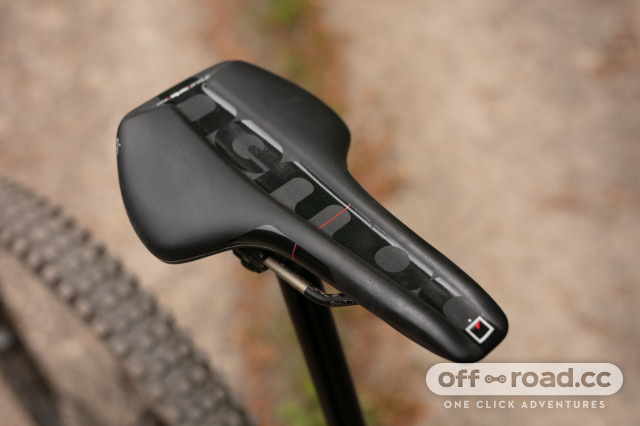
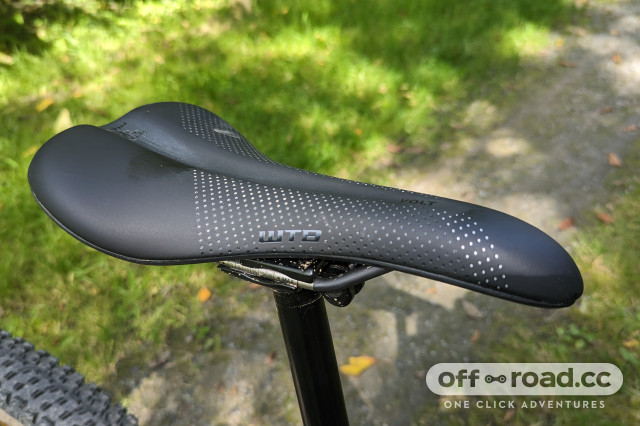
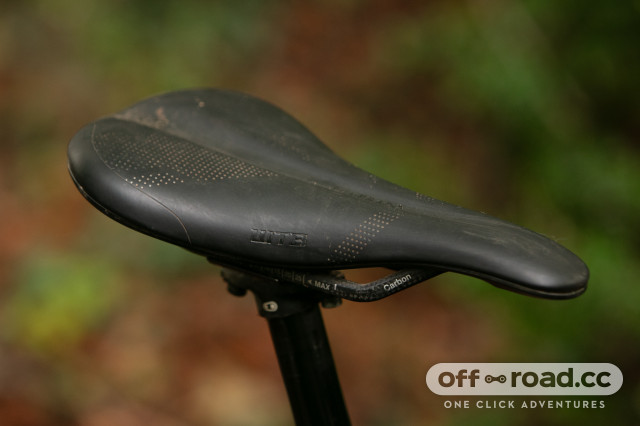

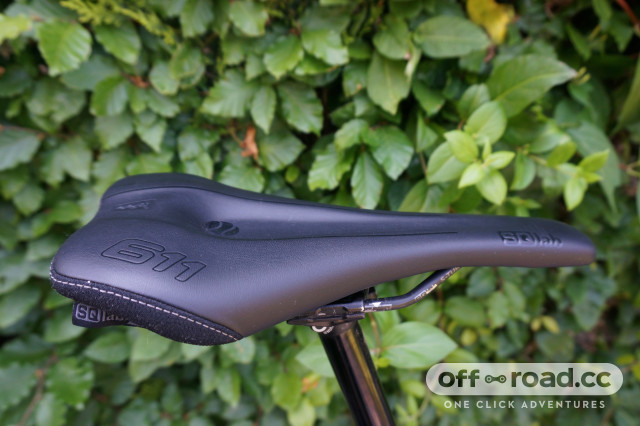
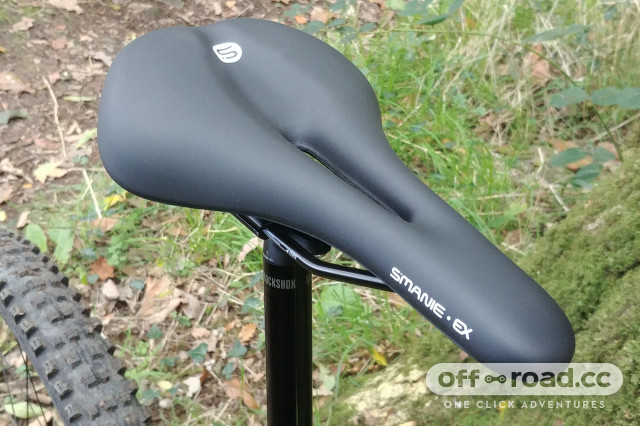
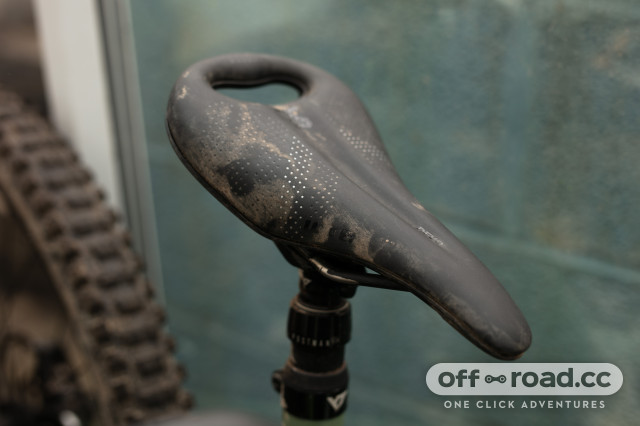
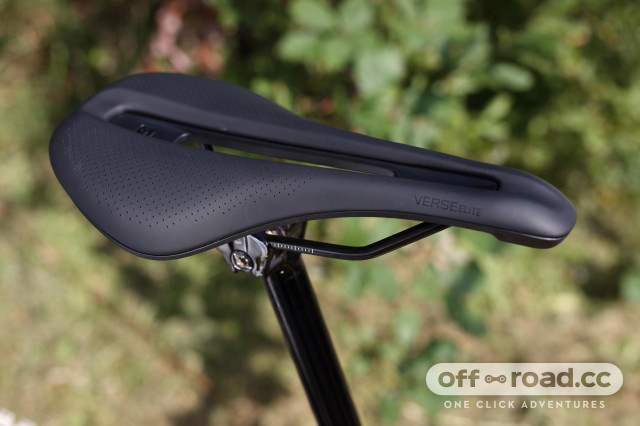
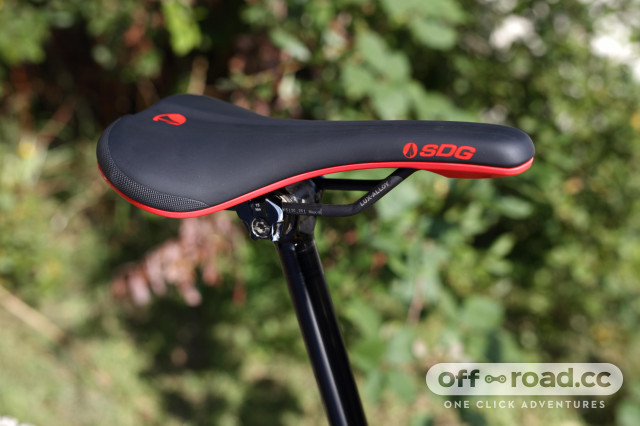
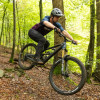
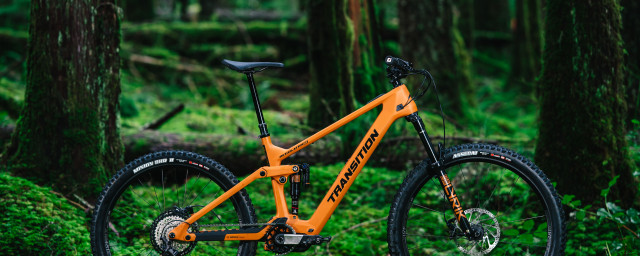


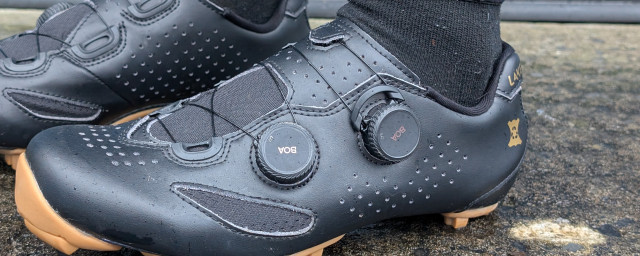
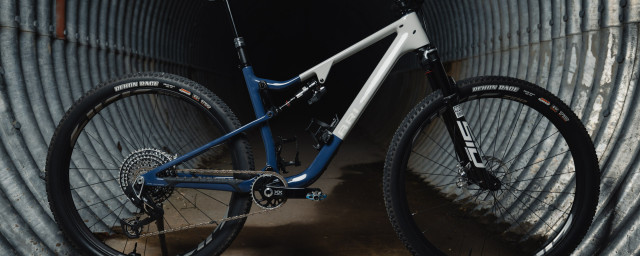
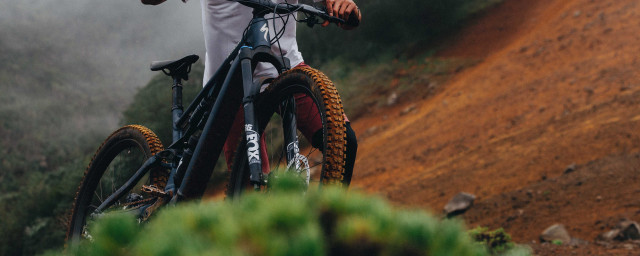
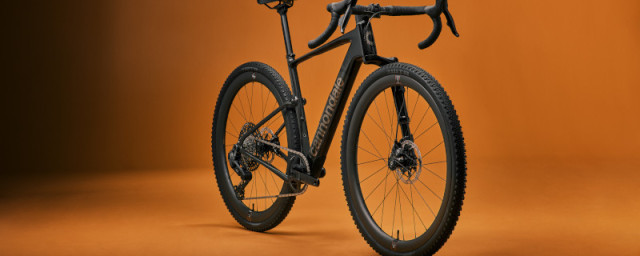
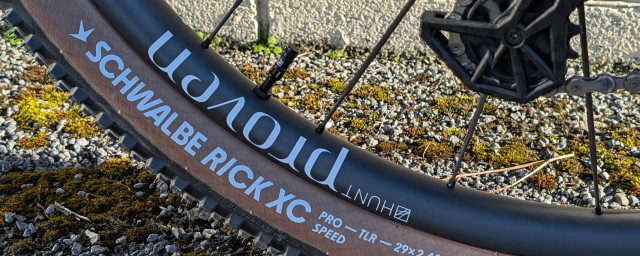
1 comments
I'm really surprised by just how comfortable the stock saddle is on my Calibre Two Cubed. I can ride 20 miles plus in unlined baggies in absolute comfort. I've had £100+ road saddles that were less comfortable